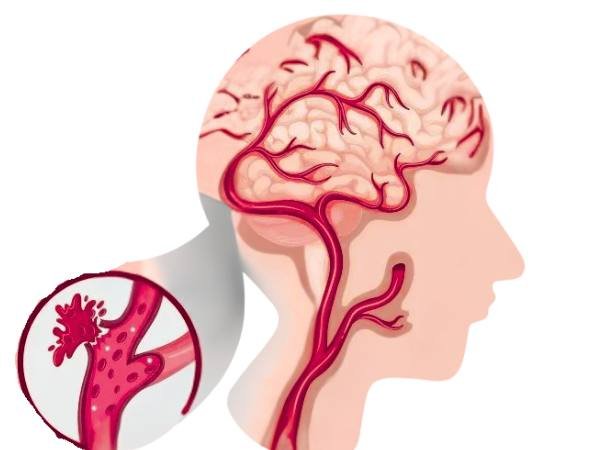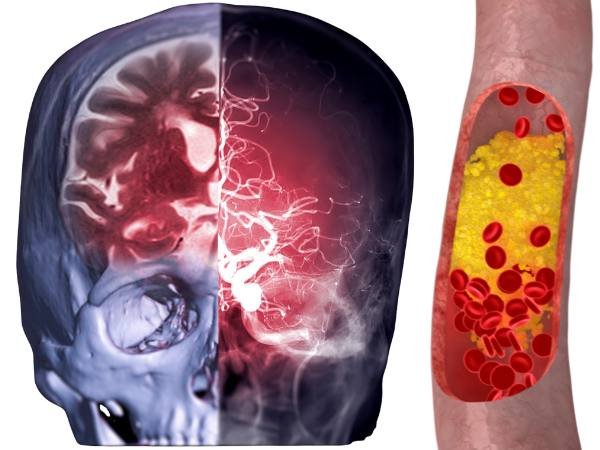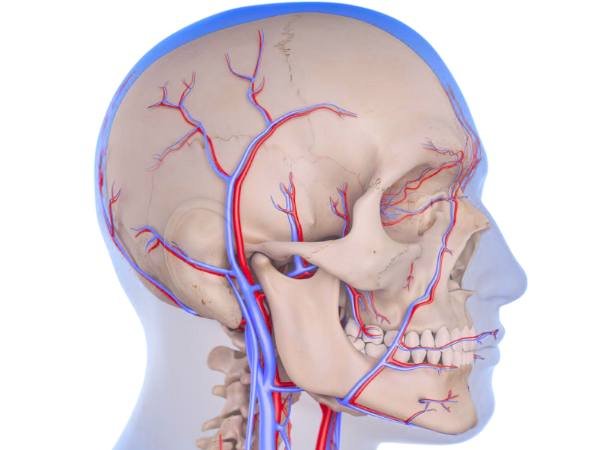Topics
Table of Contents
Introduction
Every 40 seconds, someone in India suffers a stroke or paralysis, and every 40 minutes, someone dies due to it.
The most common cause is a lack of blood flow to the brain.
Surprisingly, approximately 10 to 15% of people over the age of 30 suffer from this condition without even realizing it.

Causes of Lack of Blood in the Brain
I’m Dr. Deepak Agarwal, and today we’ll understand why blood flow to the brain decreases, its symptoms, diagnosis, and treatment.
An Example of Decreased Blood Flow to the Brain
A man suffered from persistent memory loss and unsteadiness in walking.
The family thought it was Alzheimer’s.
After investigation, it was discovered that the cause was a lack of blood flow to the brain.
After proper treatment, he recovered completely.

An Example of Decreased Blood Flow to the Brain
Causes of Lack of Blood in the Brain
1. Arterial Blockage
When arteries narrow or become blocked, blood flow is reduced.

Causes of Lack of Blood in the Brain Two main arteries:
Carotid Artery
Vertebral Artery
2. Cholesterol and Fat Accumulation
The accumulation of fat or cholesterol in the arteries is called atherosclerosis.
This obstructs blood flow.
3. Blood Clot
A blood clot can form in an artery and cause a blockage.
4. Stenosis
This reduces blood pressure to the brain.
5. Secondary Causes
Low Blood Pressure
Heart Weakness – the heart is unable to pump blood properly
Symptoms of Cerebral Anemia
Frequent Dizziness
Unbalance or Staggering While Walking
Memory Weakness or Memory Loss
Frequent Mild Headaches
Body Weakness
Gradually Developing Symptoms – People often ignore them, thinking it’s due to stress or a common reason
Diagnosis of Cerebral Anemia
General Tests
Blood Pressure Check
Carotid Doppler Test – Ultrasound of the Neck Arteries
Echocardiography (ECHO) – To Check the Heart’s Pumping Capacity
All of these tests are non-invasive, meaning they don’t require surgery.
Treatment of Cerebral Anemia

1. Treatment with Medications
Blood Thinning Medications – Thin the blood to ensure proper blood flow.
Cholesterol-lowering Drugs – Reduce fat deposits in the arteries.
2. Surgery and Intervention
If blood flow is severely reduced, surgery may be necessary.
Neuro-intervention procedures involve opening the veins.
Lifestyle Tips for Keeping the Brain Healthy
Exercise regularly
Eat green, leafy vegetables
Reduce oily and junk food
Practice yoga and meditation
Drink plenty of water throughout the day
Avoid smoking and alcohol
When should you see a doctor?
If memory loss is increasing
Headaches persist
Blood pressure is always low
Sudden headaches are accompanied by:
Weakness in the arms and legs
A distorted face
Memory loss
These symptoms could be signs of a stroke or paralysis. In such cases, you should consult a doctor immediately.
Conclusion
Never underestimate blood loss in the brain.
This can be very dangerous and lead to serious illnesses like stroke.
Get regular checkups, improve your lifestyle, and keep your brain healthy, because a healthy mind will keep your entire body healthy.
Full Article: Low Blood Flow Symptoms in Brain
About Dr. Deepak Agrawal
Deepak Agrawal born 10 November 1970, is a professor neurosurgery at All India Institute of Medical Sciences, New Delhi is one of the top 10 surgeons in the neurosurgery. During his stint as chairman computarization, he transformed the ICT processes at AIIMS, New Delhi and also helped patients in All India Institute of Medical Sciences, New Delhi to get a Unique Health Identification (UHID), which documents their entire journey in the hospital. He also pioneered stem cell research in Spinal cord injury in India. Dr. Agrawal has pioneered DREZotomy technique for neuropathic pain in India and has refined the procedure to make it safer and more accessible to patients. [Wikipedia: Deepak Agrawal]

